_by_William_Callow,_RWS.jpg) |
| Albrecht Durer’s House 1875 |
The nineteenth century was a time of remarkable changes. What had started in the first flush of Romanticism born out of the Age of Reason transformed into Victorian modern industrialization that saw factories and electrified urban sprawl. Revolutions, colonization and existential modernism saw the world transform like no other century before it. The unsettling changes in society drove many to try to embrace a simpler lifestyle, believing that the traditions of the old ways were being lost. The Pre-Raphaelites, for example, tried to recapture what they saw as a fading spirituality in contemporary art.
One man who watched the unfolding of the entire century, born during the Napoleonic Wars and dying shortly before WWI was English artist William Callow(1812-1908)[RWS:Royal Watercolour Society]. Working almost exclusively in plein aire watercolours traveling around Europe and documenting the scenic architecture with loving detail, as he watched his world slowly disappear behind smoke stacks, rail yards and tenement buildings. Hardly could he have imagined that most of what he painted would be totally destroyed in the following century.
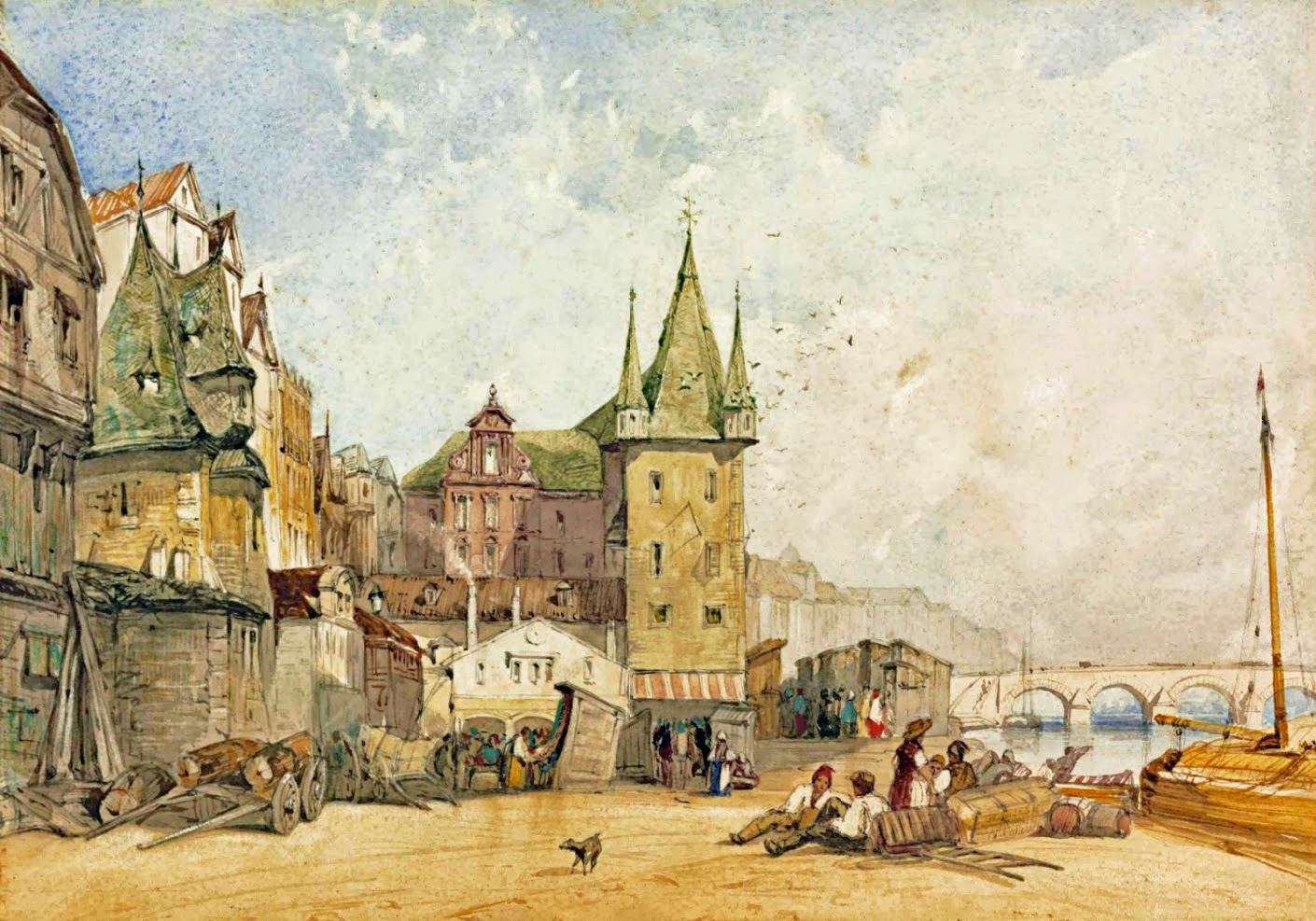 |
| Frankfurt |
Callow is not remembered as a great or famous artist. He is not mentioned in the canons of art history, and there are no retrospectives in major museums. But his quaint and sentimental picture postcard watercolours are still as charming today as they were over a century ago, which is why I keep a reproduction of his work hanging in my studio. A last, dying glimpse into a world that was lost forever.
Enjoy. Go forth and Learn.
WOC
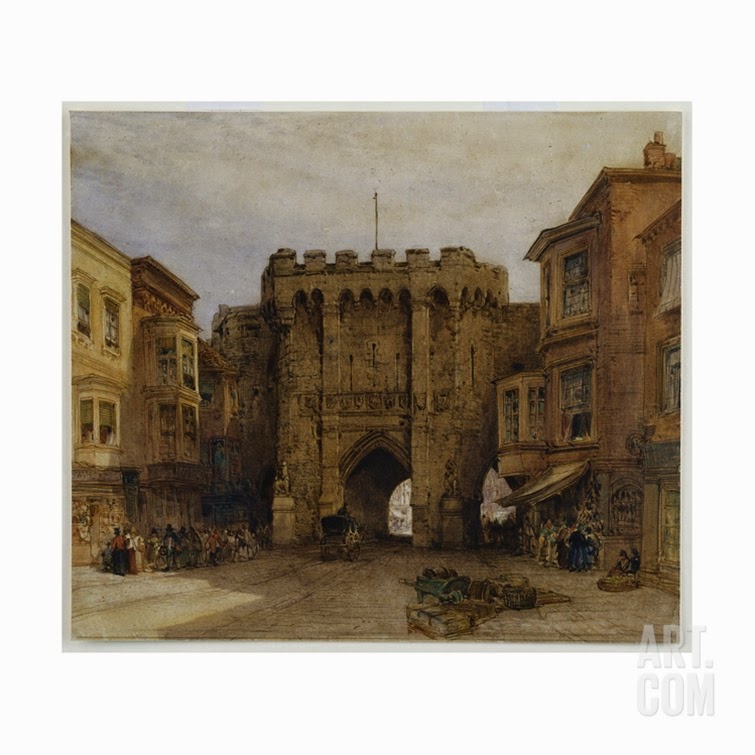 |
| Bargate, Southhampton 1888 |
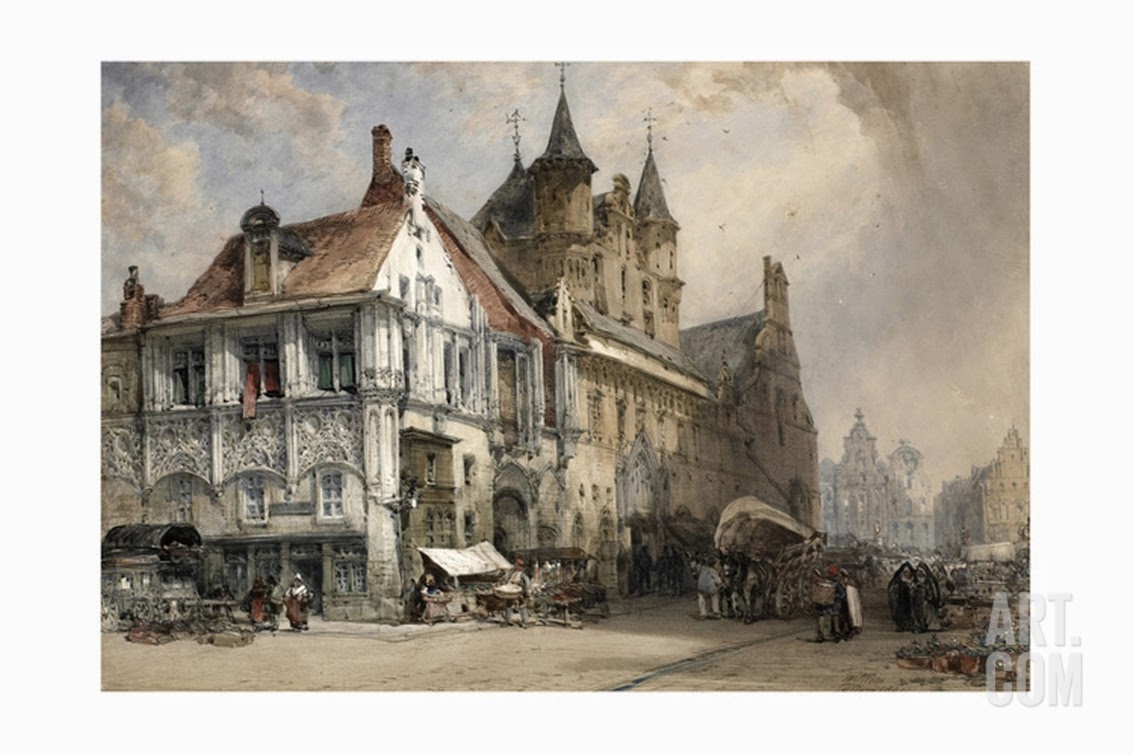 |
| Marketplace, Malines 1884 |
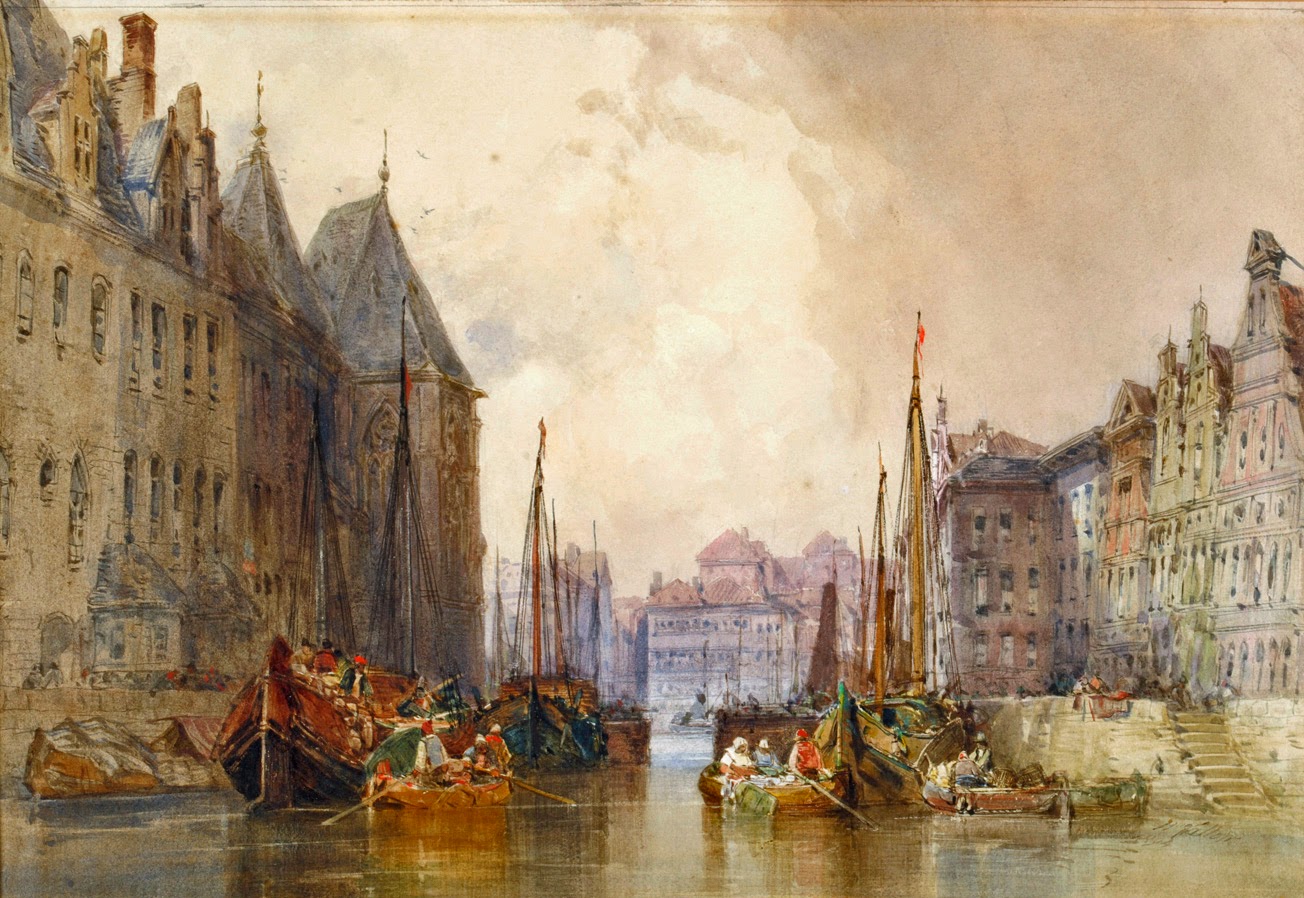 |
| Canal in Ghent |
Text © 2014 William O’Connor Studios. All images are used solely for educational and editorial purposes as per the US Copyright Code of Fair Use.


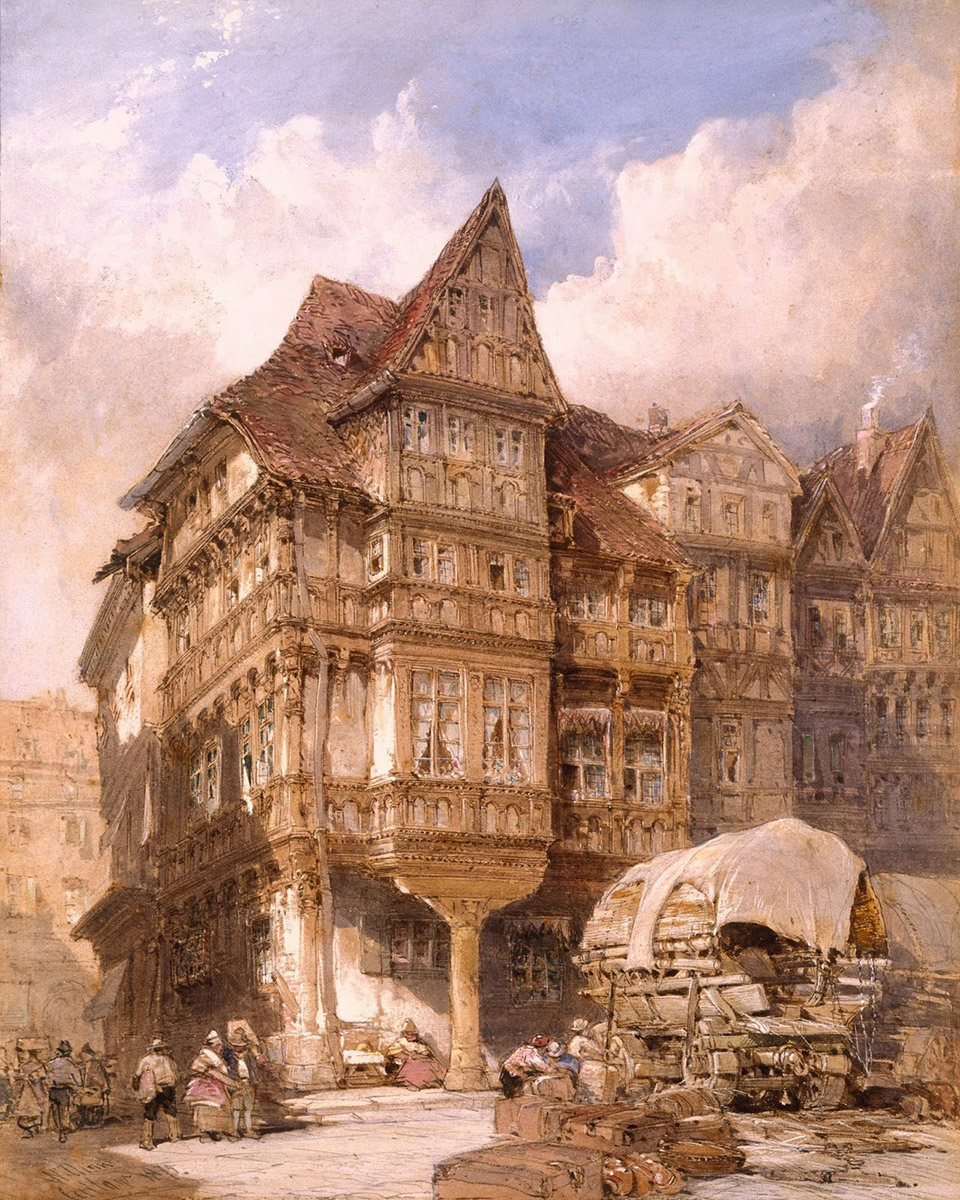
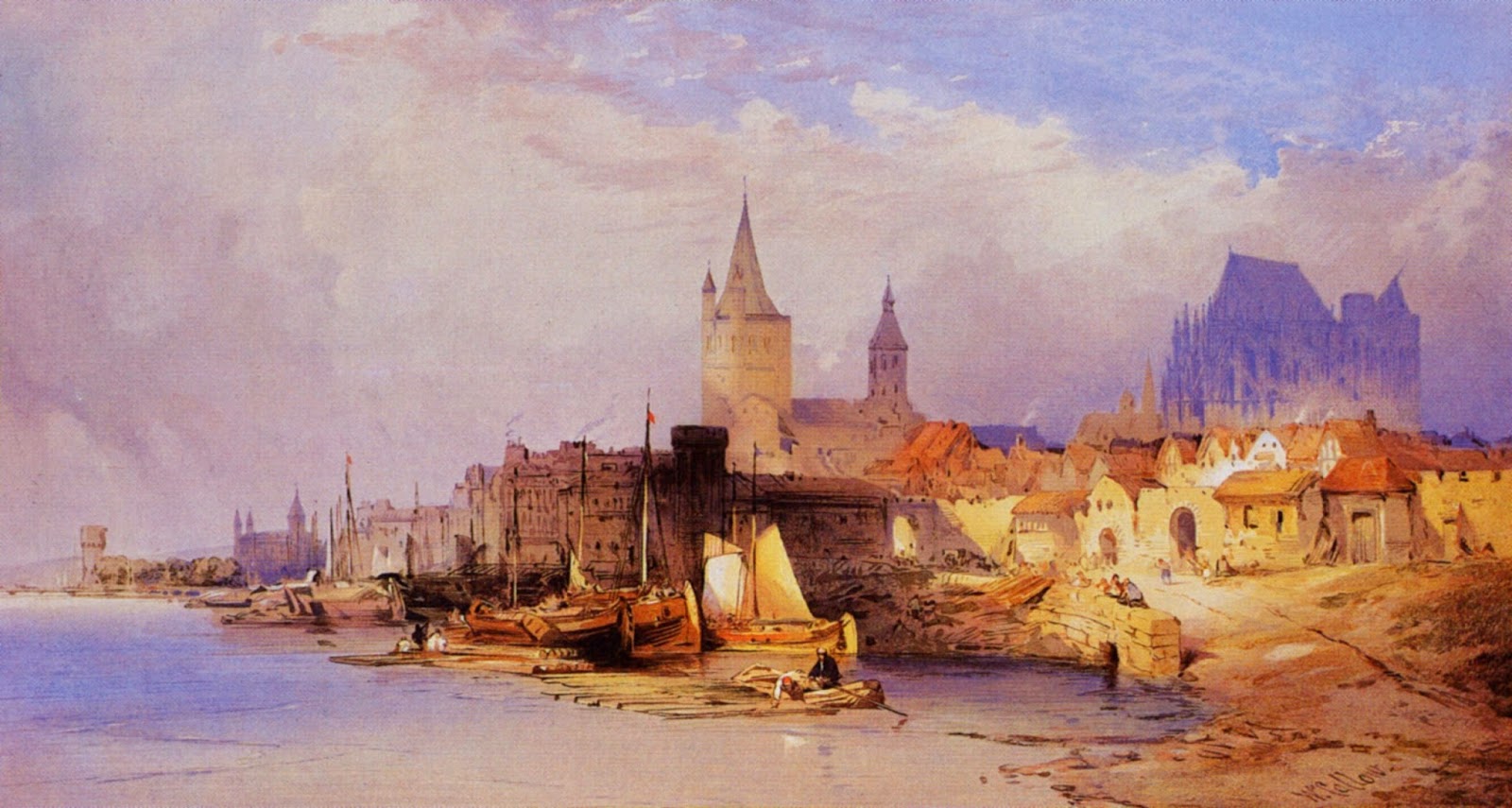
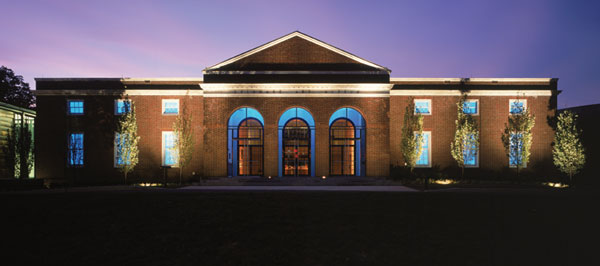
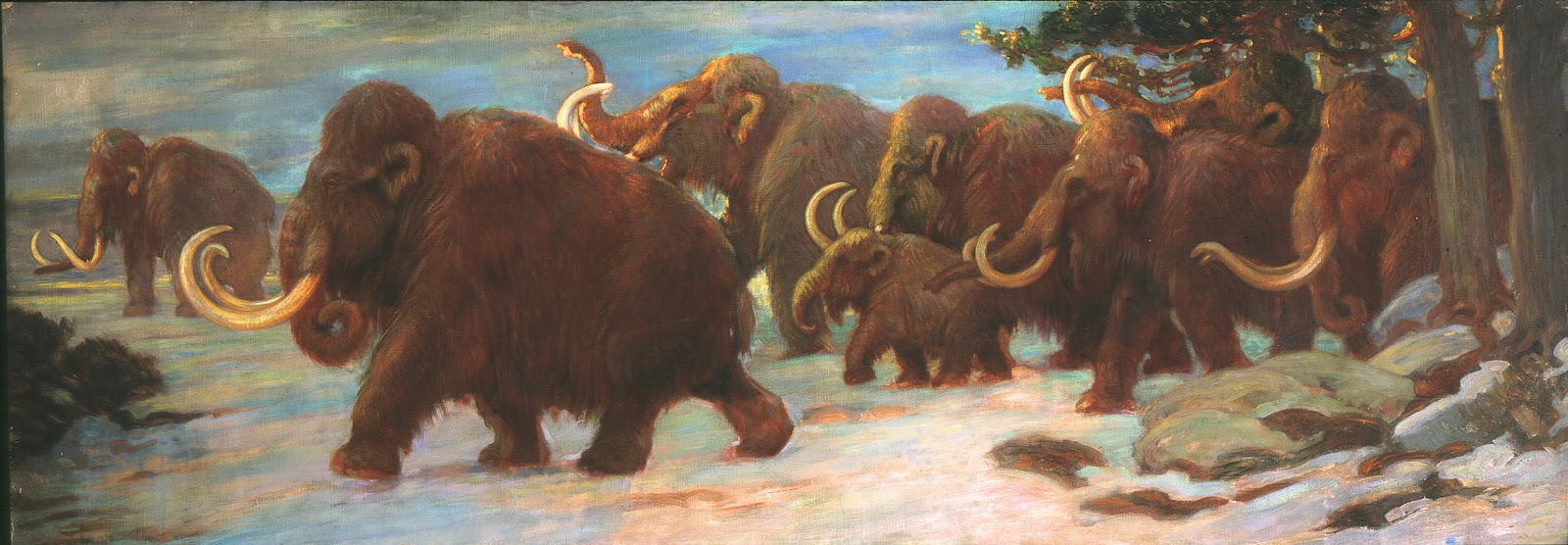
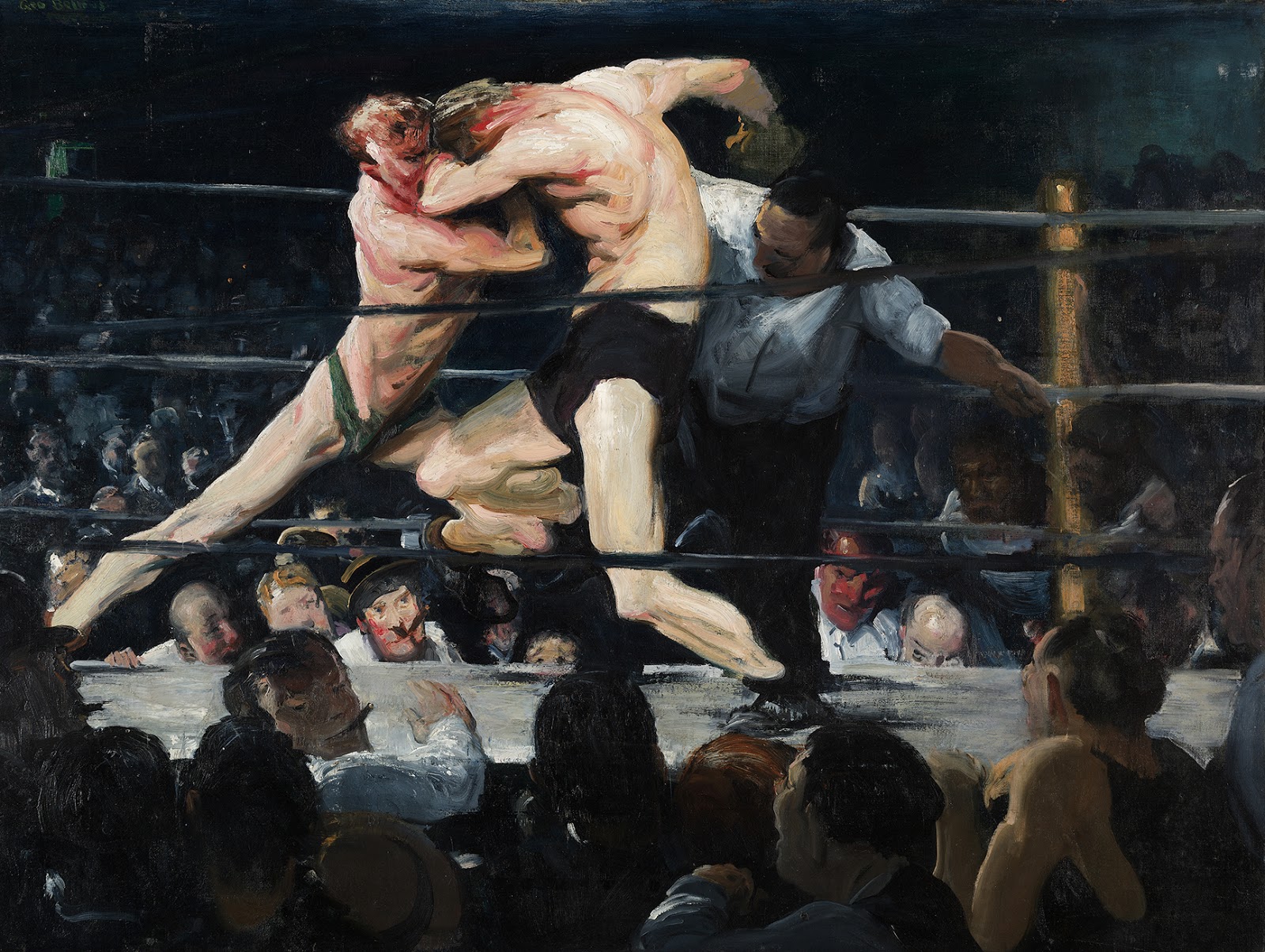
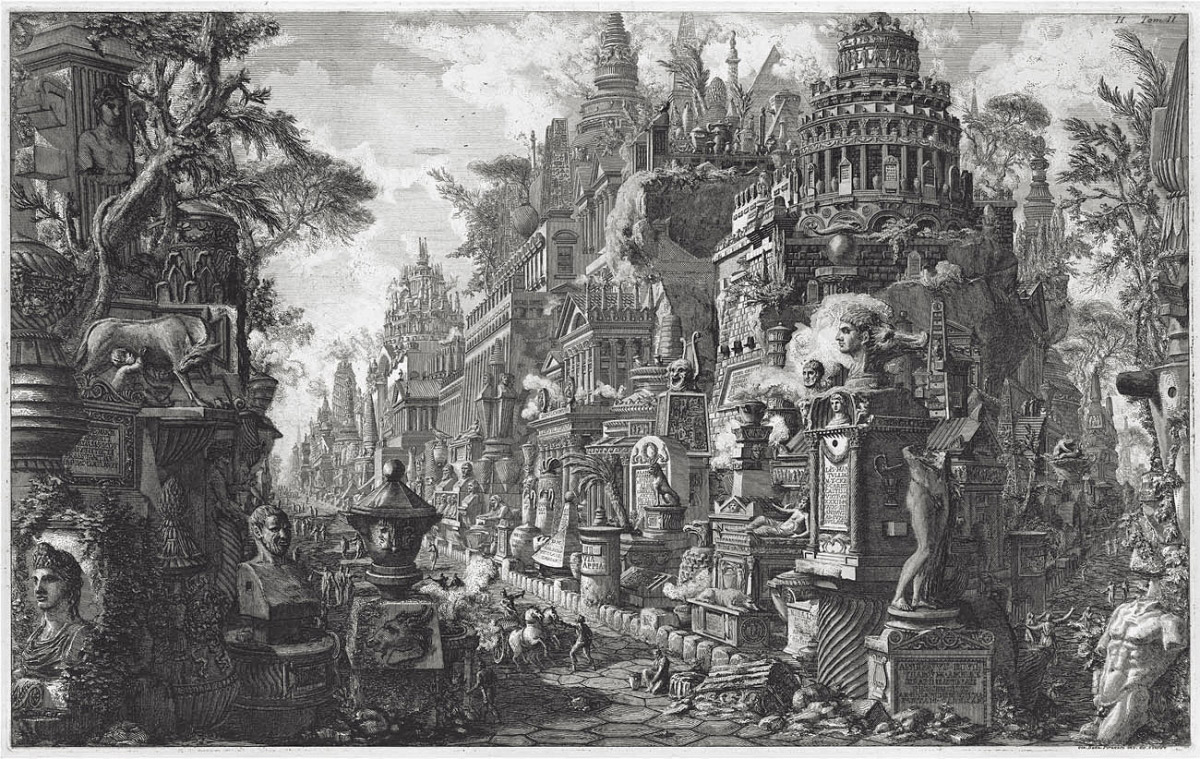
Thanks for the wonderful Saturday morning surprise William… I don't believe I've seen Callow's work before… The character, light, and grit of his work is fantastic. The depth of Durer's house and that wagon -wow-… wish I could step into the painting and just poke around.
Cheers, Mike
I wasn't familiar with Callow until fairly recently when I came on his paintings while doing research for architecture.
I wasn't familiar with Callow until fairly recently when I came on his paintings while doing research for architecture.
Thanks again William for a beautiful post.
I have no words to describe its beauty. Do you know the size of the paintings?
Wow, he is overlooked for sure and is new to me too. I google image searched his name. I don't know how you could narrow it down to only six there are so many, certainly enough for a retrospective. He should be mentioned in the canons of art history if only for his thorough command of watercolor, composition, light, color, drawing, well… really everything.
Oh, and done mostly in plein aire to top it all off.
I do not. I am unfamiliar with his work, and there is not a lot of literature on him, but he did write an autobiography at the end of his life that I have not been able to find….
I do not. I am unfamiliar with his work, and there is not a lot of literature on him, but he did write an autobiography at the end of his life that I have not been able to find….
He seems to have had a very long and prosperous career, popular during his time. Indeed, it would be nice if a museum “re-discovered” him. Watercolour has notoriously been overlooked by museum directors usually falling into “works on paper and prints” collections.
He seems to have had a very long and prosperous career, popular during his time. Indeed, it would be nice if a museum “re-discovered” him. Watercolour has notoriously been overlooked by museum directors usually falling into “works on paper and prints” collections.
I work in Southampton, about half a mile from the Bargate you've pictured. This post has made my day. I've shared it with my Urban Sketchers group. I might take my sketchbook and try the Bargate at lunchtime!
Où je peux faire évaluer une vrai une authentique aquoirel de William callow me répondre sur mon Hotmail marcotte-yvon@Hotmail. Com
Moi j'ai une vrai aquarelle et je ne ses pas ou me d'ériger pour la faire évaluer pour la vendre
The last picture shows Cologne, Germany. The tower of the dome was not finished, yet.